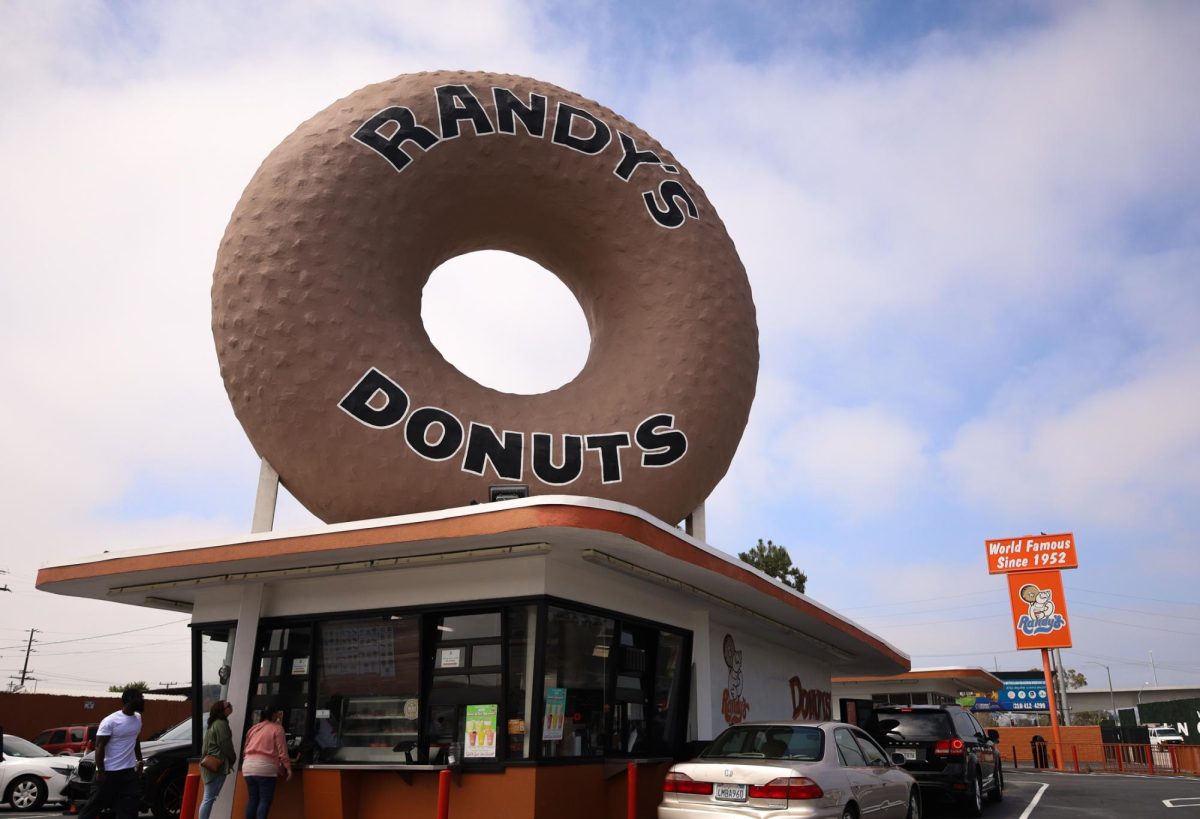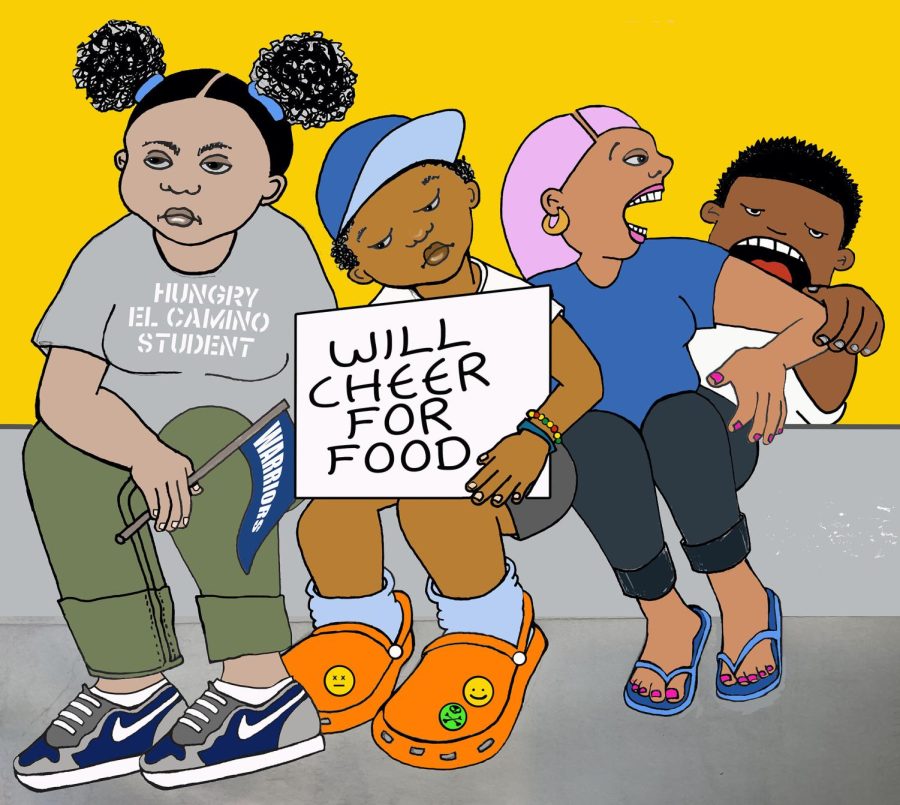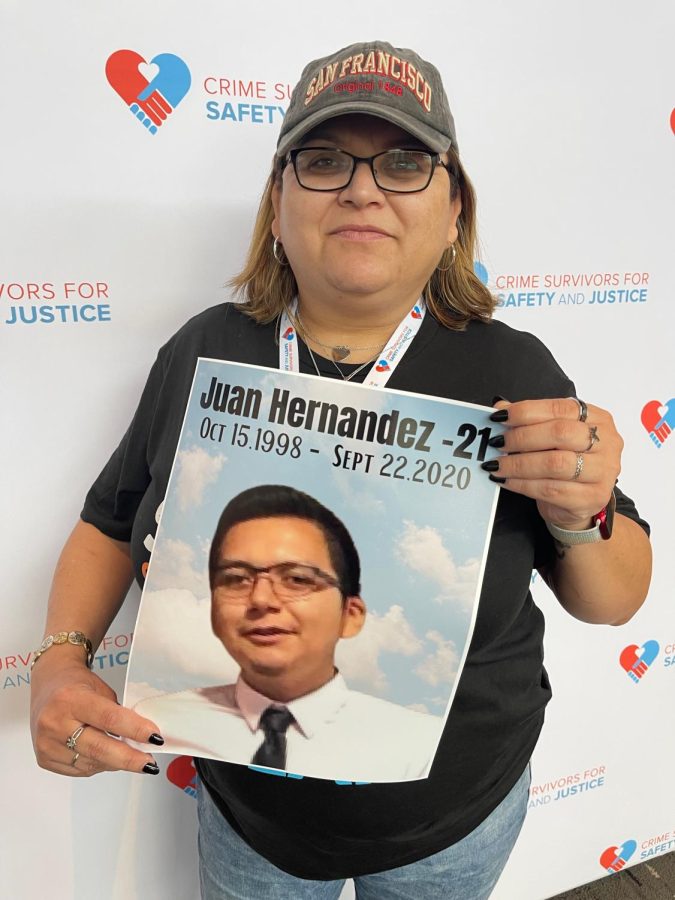Blue chip stamps, a staple of 60s and 70s childhood were a popular asset for the child who was looking to trade in for some knick knacks.
They were collected all over North America and have since become an item of nostalgia, and many would be surprise to find that one of the designer and artist, Robert Tamura, who did much of the artwork for it, was on EC Campus for an art banquet held in his honor in the Schaurmann Library on Oct. 4.
“It is clear that Tamura is not only a great artist, but friend and a integral part of the Southbay community,” Ed Martinez, public access librarian said.
Tamura’s art displayed so many different styles, not only did he do water-based painting but manage to assert himself in other art styles such as woodblocking and his work expanded from different spectrums.
Some painting were New England-like such as his ‘Lobster Trap’ from 1975, others were more inspired by Hispanic art, like ‘A Slow Day’ depicting a Mexican flower woman waiting for customers and still other art pieces reflected Tamura’s own Japanese culture as shown in his Western watercolor painting, ‘Kabuki Performers;’ from 1980.
“He was progressive at the times, and didn’t stay in one niche; it is very cool that people are treating him like a celebrity,” Barbara Tamura, Tamura’s daughter, said.
Tamura is also well recognized because his designs have been seen in a variety of companies like Wells Fargo and Bank of America.
According to Barbara Tamura, her father had been painting all his life since his birth in 1923, she also added that her father has never sold paintings except for reproductions.
“He really comes alive and virile around his art,” Barbara Tamura said.
The Schaurman Library showcased much of his work as well as provided an interesting assortment of sushi and handmade chocolates, but Tamura’s work had people marveling at the fact that he is such a staple in popular culture.
“It’s wonderful (referring to Tamura’s artwork) and a pleasant surprise, you see things in a billboard that now you see in a new light and the style is something I have often seen that was the style of that particular era,” John Finley, radiological technology major said.
Tamura was chosen because EC felt that his artwork was overall the best that was offered to them and would be perfect for the upcoming accreditation evaluations.
“We selected him specifically for this event because his art was far superior than the others,” Martinez said.
Martinez added that he has never seen such a gathering of people in the past 25 years he has hosted an art banquet.
Tamura’s family was also excited to have such a small event have such an abundance of people.
“The turnout far exceeded my expectations, I am speechless,” Barbara Tamura said.
Barbara Tamura wanted to be able to display her father’s artwork because in his old age he began forgetting he was an artist and being selected by EC to display her father’s work was the perfect way to remind her father of his accomplishments.
“It is good to see all the people coming and good to see so many people interested in art,” Robert Tamura said. “Painting is a means of expressing my response to my evironment. I have always felt that art is full of surprises; it is a fulfilling and constantly changing adventure.”
Blue chip stamps, a staple of 60s and 70s childhood were a popular asset for the child who was looking to trade in for some knick knacks.
They were collected all over North America and have since become an item of nostalgia, and many would be surprise to find that one of the designer and artist, Robert Tamura, who did much of the artwork for it, was on EC Campus for an art banquet held in his honor in the Schaurmann Library on Oct. 4.
“It is clear that Tamura is not only a great artist, but friend and a integral part of the Southbay community,” Ed Martinez, public access librarian said.
Tamura’s art displayed so many different styles, not only did he do water-based painting but manage to assert himself in other art styles such as woodblocking and his work expanded from different spectrums.
Some painting were New England-like such as his ‘Lobster Trap’ from 1975, others were more inspired by Hispanic art, like ‘A Slow Day’ depicting a Mexican flower woman waiting for customers and still other art pieces reflected Tamura’s own Japanese culture as shown in his Western watercolor painting, ‘Kabuki Performers;’ from 1980.
“He was progressive at the times, and didn’t stay in one niche; it is very cool that people are treating him like a celebrity,” Barbara Tamura, Tamura’s daughter, said.
Tamura is also well recognized because his designs have been seen in a variety of companies like Wells Fargo and Bank of America.
According to Barbara Tamura, her father had been painting all his life since his birth in 1923, she also added that her father has never sold paintings except for reproductions.
“He really comes alive and virile around his art,” Barbara Tamura said.
The Schaurman Library showcased much of his work as well as provided an interesting assortment of sushi and handmade chocolates, but Tamura’s work had people marveling at the fact that he is such a staple in popular culture.
“It’s wonderful (referring to Tamura’s artwork) and a pleasant surprise, you see things in a billboard that now you see in a new light and the style is something I have often seen that was the style of that particular era,” John Finley, radiological technology major said.
Tamura was chosen because EC felt that his artwork was overall the best that was offered to them and would be perfect for the upcoming accreditation evaluations.
“We selected him specifically for this event because his art was far superior than the others,” Martinez said.
Martinez added that he has never seen such a gathering of people in the past 25 years he has hosted an art banquet.
Tamura’s family was also excited to have such a small event have such an abundance of people.
“The turnout far exceeded my expectations, I am speechless,” Barbara Tamura said.
Barbara Tamura wanted to be able to display her father’s artwork because in his old age he began forgetting he was an artist and being selected by EC to display her father’s work was the perfect way to remind her father of his accomplishments.
“It is good to see all the people coming and good to see so many people interested in art,” Robert Tamura said. “Painting is a means of expressing my response to my evironment. I have always felt that art is full of surprises; it is a fulfilling and constantly changing adventure.”







